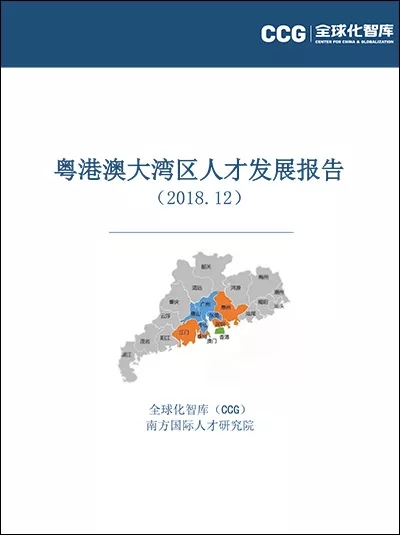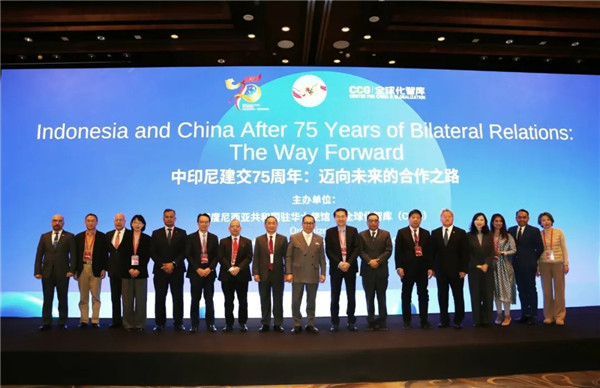Report: Bay Area need more international talents
December 17 , 2018
Compared with other world-class bay areas, insufficient international talents and educated inhabitants are two difficulties the Guangdong-Hong Kong-Macao Greater Bay Area needs to overcome if it wants to become a global scientific and technological hub, a new report says.

The report was released on Thursday by the Hong Kong council of Center for China and Globalization (CCG) – one of the leading think tanks in the country.
According to the report, currently only 11.8 million people in the Bay Area have received higher education, accounting for only 17.5 percent of its total population – estimated to be at about 68 million. It falls far behind San Francisco Bay Area, where 46 percent of the labor force has a bachelor’s degree or higher, or the New York Bay Area (42 percent).
In terms of the international talent pool, only 0.2 percent of Shenzhen’s total population or 0.36 percent of Guangzhou’s come from overseas. This is not even close to the global average of 3.3 percent.
Hong Kong was better in this regard. Around 8 percent of its population comprises skilled people from overseas, but it is still unable to compete with New York’s 36 percent, Singapore’s 33 percent, and Silicon Valley’s 50 percent.
CCG suggested governments in the Bay Area increase investment in the education sector. It should also build up more professional education institutions in line with the development of new economies. It suggested the Bay Area learn from the Tokyo Bay Area, where more than 100 universities and 360 vocational-technical high schools are training people for the many different industries in the region.
Fewer limitations on outstanding foreign students working or starting a business in the area are also vital, the report said. For example, student visas could be converted into work visas through simple procedures after graduation.
The report suggested the Hong Kong government increase the number of skilled people from overseas living in the city. In 2006, the government launched the Quality Migrant Admission Scheme, providing immigration facilitation to 1,000 talents from 11 professions every year – which the CCG argues is far from enough.
To further attract talented and skilled people, all governments in the region should develop more favorable taxation policies and simplify boundary-control procedures, the report said.
Meanwhile, the small number of top enterprises is a noticeable disadvantage for the Bay Area, CCG stressed in the report.






